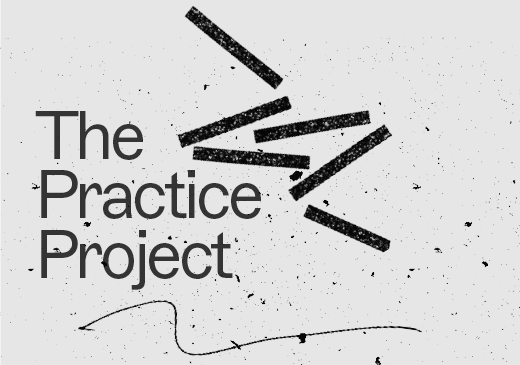Introduction
Musicians, educators and students are accustomed to striving for perfection in practice and performance. Is it worth shifting this focus though, if it encourages authenticity, confidence and expression?
In today's blog post, we review an illuminating article: ‘In Search of the “Perfect” Musical Performance', written by Paola Savvidou in 2014. We hope to shed some light on techniques for unlocking your inherent musicality and achieving excellence in performance….but not necessarily perfection.
Most musicians are disappointed if they make errors in practice or during a performance. They work extremely hard on trying to reduce or eliminate mistakes - so when they happen, it can be difficult to focus on anything else. But in her article, Savvidou challenges this tendency to constantly strive for perfection, and instead promotes an approach to musical learning that favours authenticity, musical expression and communication.
A New Perspective
Savvidou begins with the premise that we should rethink our whole approach to music education. She believes that music already exists within all of us - that, as humans, we naturally embody rhythm, melody and harmony - and that this has significant implications for how we ought to be teaching and practicing music.
Savvidou suggests that teaching music is not about ‘filling an empty vessel with knowledge’, but helping learners to tap into, develop and express their natural musicality. By doing so, they can shape their innate musical ability into a unique and authentic style, especially as they develop the emotional capacity to understand, and connect with, different genres of music.
Practicing for Performance
Savvidou goes on to emphasise the importance of expression and communication during practice, which she feels is more important than notational accuracy. She recounts how - as a young pianist - she felt the search for technical perfection in her own playing was almost paralysing. Many younger musicians can probably relate to that, but even experienced musicians get bogged down revisiting errors and worrying over minor details. Savvidou argues this is to lose sight of why we practice and play music in the first place - to express ourselves, connect and communicate with others, and to have fun.
Savvidou’s rationale is that - when we practice only for accuracy - we tend to have a lower musical awareness than when we are performing. But when we perform, we consider musical choices, expression and connection with our audience, as well as accuracy. So we should be aiming for authenticity, expression and connection when we practice, trusting our natural musical knowledge and committing wholeheartedly to the music.
Savvidou describes this development of musical expression and connection, as well as technique and accuracy, as ‘practicing for performance’. She encourages musicians to practice in this way from early on in their careers - so they commit to personal musical choices sooner and establish a unique artistic style. By practicing as if you're always communicating with an audience, you develop authenticity, confidence and a deeper connection with your music.
Projecting your Performance
For Savvidou, a key component of ‘practicing for performance’ is music students listening carefully to each other, when they are playing as a group, and projecting their performance as if they are actually playing for a far larger audience.
She describes how musical expression exists within the 'psychological kinisphere' of musicians. This term was originally used by Rudolf von Laban, the Hungarian choreographer, to describe how far performers project their energy towards their audience when expressing themselves. Savvidou elaborates on this concept and describes how - in order to develop confidence and authenticity - teachers can encourage students to perform for themselves initially, then for their teacher, and eventually to visualise performing for a large audience.
This technique broadens the scope of the students’ psychological kinisphere, which connects them more deeply with their music, and prepares them for performing for a live audience.
The final key message from Savvidou is to 'stay in the moment'. When practicing and performing, set aside any self-evaluation and negative thoughts, and focus instead on connecting and communicating with the audience. Being present in the moment enhances your relationship with the music, and the audience, enriching the experience for everyone.
Conclusion
With the help of Savvidou's insights, you can learn to prioritise excellence over perfection, and promote authenticity and expressive communication in your practice and performance. Savvidou believes our musical journey starts by acknowledging the music within us, which we need to nurture and then share confidently with the world. By adopting these principles in your practice routines and teaching methods, she believes your musical experience can become all the more rewarding.
